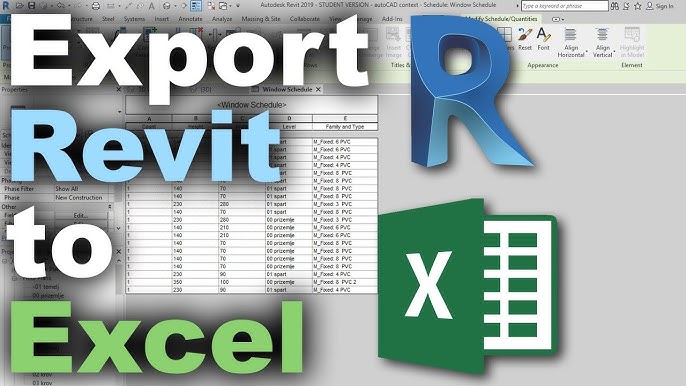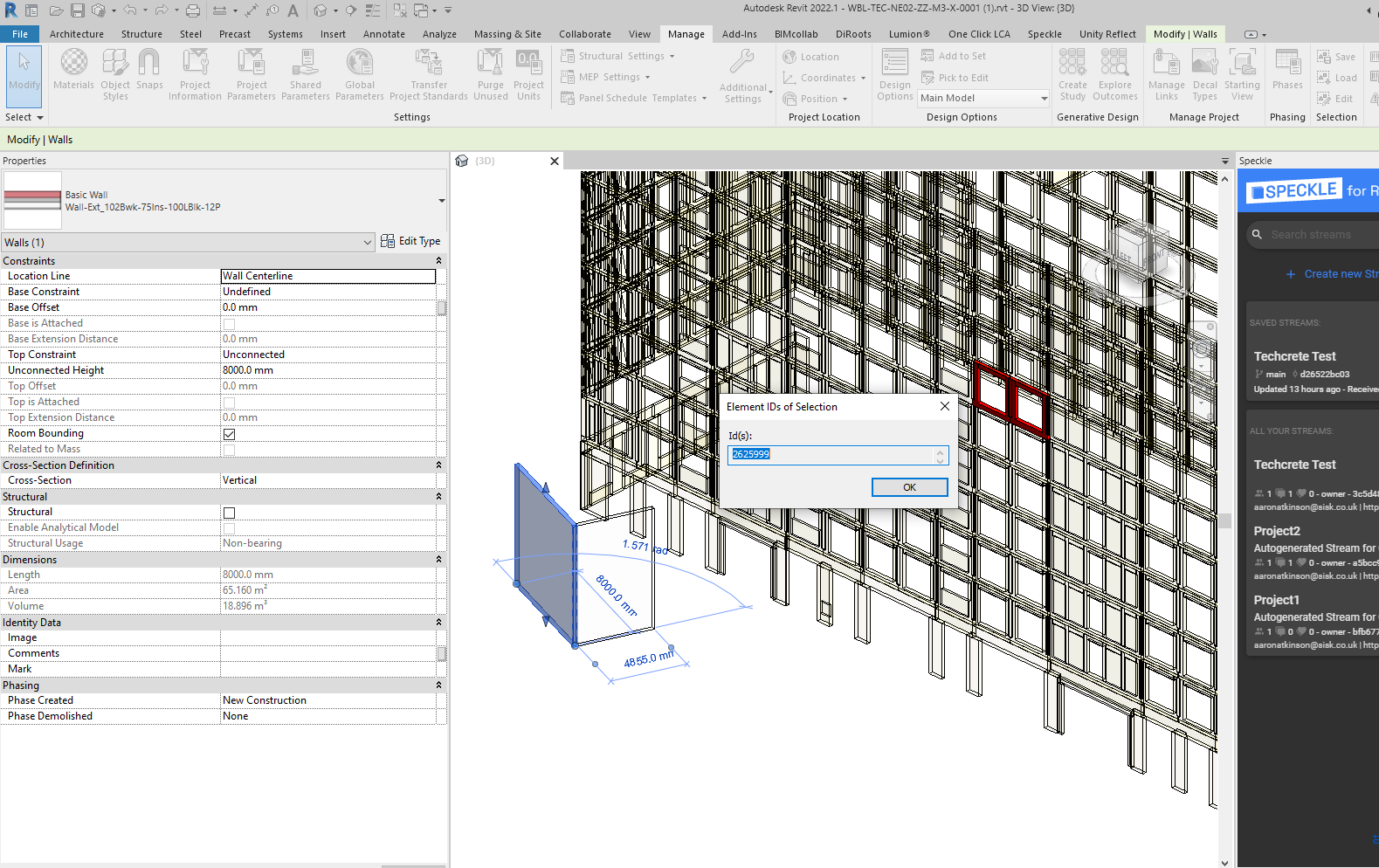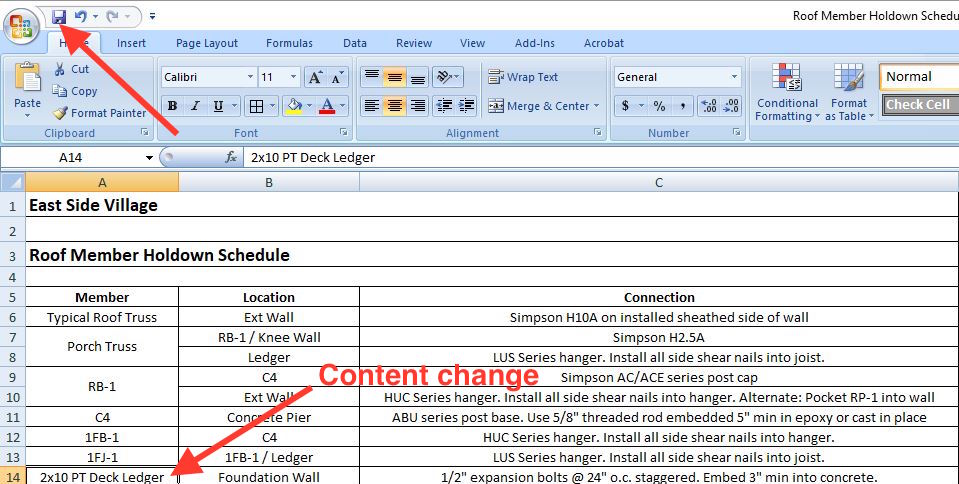Elevate Your Revit Experience with Essential Revit Tools and Add Ins
Wiki Article
Excel Empowerment: Supercharge Your Revit Projects With Seamless Data Import
Are you seeking to supercharge your Revit jobs? With seamless data import, Excel empowerment can be the key to opening your project's full potential. Think of improving the import process and making best use of performance through seamless information assimilation. In this post, we will share suggestions and tricks for utilizing Excel in your Revit projects. Discover just how taking advantage of the Excel-Revit connection can lead to success in your jobs. Prepare yourself to take your Revit tasks to the following level with Excel empowerment.The Power of Excel in Revit Projects
You can supercharge your Revit projects by utilizing the power of Excel for smooth data import. Excel is a functional tool that can greatly boost your workflow and productivity in Revit (revit tool). With Excel, you can easily import and handle big amounts of data, conserving you effort and timeOne of the key advantages of utilizing Master Revit is its capability to take care of complicated estimations and formulas. You can utilize Excel to execute computations on your information, such as generating quantities, computing prices, or examining efficiency. This can be especially beneficial when dealing with large jobs that require extensive estimations.

Furthermore, Excel offers a acquainted and easy to use user interface for working with information. You can organize and control your information in a spread sheet format, making it simple to check out and edit. This can be particularly valuable when working together with others or when you require to make fast changes to your project information.
Additionally, Excel enables you to quickly import and export information in between Revit and various other software program applications. You can import information from outside resources right into Revit, such as product specs or equipment schedules, and export information from Revit to Excel for additional evaluation or coverage.
Streamlining Information Import With Excel in Revit
Enhancing information import in Revit becomes much easier when using Excel as a device. With Excel, you have the power to effortlessly import and take care of huge quantities of information in your Revit jobs. By utilizing the familiar user interface and capability of Excel, you can conserve time and rise performance in your process.One of the essential advantages of making use of Excel for information import in Revit is the capacity to quickly organize and manipulate information prior to importing it into your project. With Excel's powerful features, such as arranging, filtering system, and formulas, you can quickly tidy up and style your data to satisfy the requirements of your Revit task.
Moreover, Excel enables you to import data from numerous sources, such as databases, spread sheets, and even web-based applications. This adaptability provides you the freedom to collect information from different systems and combine it right into one main location for very easy access and monitoring.
Additionally, Excel offers the alternative to produce custom layouts for data import in Revit. By developing design templates tailored to your task's details demands, you can ensure uniformity and precision in your data import procedure.
General, making use of Excel as a tool for information import in Revit improves the procedure and enhances your performance. So why not take advantage of this effective tool and supercharge your Revit jobs with smooth data import utilizing Excel?
Optimizing Performance With Seamless Data Assimilation
Maximize efficiency by perfectly incorporating and taking care of data in your operations. Gone are the days of manually inputting information right into your system, squandering precious time and sources. With seamless information combination, you can improve your procedures and supercharge your efficiency.
Taking care of information becomes a wind when you have a seamless assimilation system in position. You can conveniently organize and classify your data, making it less complicated to obtain and analyze. Bid farewell to the days of searching with limitless spreadsheets for that piece of info you require.

Excel Tips and Techniques for Revit Projects
With these methods and suggestions, you'll have the ability to efficiently handle your Revit tasks using Excel. Among the initial things you can do is to make use of Excel's powerful sorting and filtering features. This will certainly allow you to swiftly arrange and evaluate your project data. As an example, you can arrange aspects by their names or filter them based upon certain standards, such as their status or place. Another helpful function is the capability to develop solutions in Excel. You can use solutions to calculate quantities, carry out complicated computations, and also automate particular tasks. This can save you a great deal of time and initiative in your Revit tasks. In addition, you can more info here use Excel to create customized themes for information import and export. By doing this, you can ensure consistency and accuracy when transferring data in between Revit and Excel. Do not neglect concerning Excel's conditional format attribute. You can utilize this to highlight certain elements or values based upon details problems. This can assist you promptly identify and address any kind of concerns or abnormalities in your job data. Generally, understanding these Excel techniques and suggestions will considerably improve your ability to manage and manipulate information in your Revit tasks.Utilizing the Excel-Revit Connection for Success
To make the many of your Excel-Revit connection, make the most of the capability to easily synchronize and transfer project details. By harnessing this effective link, you can supercharge your Revit tasks and improve your operations. read the full info here With simply a couple of easy actions, you can import data from Excel straight into Revit, saving you time and ensuring precision.One of the crucial advantages of the Excel-Revit connection is the capacity to transfer information flawlessly. Whether you are importing schedules, space information, and even geometry details, Excel offers a straightforward interface that permits you to organize and control your information before importing it into Revit. This suggests you can easily upgrade and modify your job details in Excel, and with a few clicks, transfer those modifications straight into your Revit design.
In enhancement to transferring information, the Excel-Revit connection likewise enables synchronization. This means that any type of changes made in Excel can be immediately upgraded in Revit, ensuring that your job info is constantly approximately day. This synchronization feature is particularly beneficial when dealing with complicated and big tasks, as it gets rid of the demand for hand-operated information entry and reduces the risk of errors.
Final Thought
So there you have it - the power of Master Revit projects can not be undervalued. By simplifying information import and optimizing performance via smooth information assimilation, you can supercharge your projects and achieve success. With the Excel-Revit connection, you have the devices to take your tasks to the following degree and attain extraordinary outcomes. Do not wait any longer, begin harnessing the power of Excel in your Revit tasks today and unlock a globe of possibilities.You can supercharge your Revit projects by harnessing the power of Excel for smooth data import. With Excel, you have the power to seamlessly import and take care of huge quantities of data in your Revit tasks (revit add ins). Overall, understanding these Excel techniques and suggestions will greatly boost your capability to manage and adjust data in your Revit jobs
Whether you are importing schedules, area data, or also geometry info, Excel provides a straightforward interface that enables you to organize and control your information before importing it right into Revit. By enhancing information import and optimizing efficiency with seamless data assimilation, you can supercharge your jobs and attain success.
Report this wiki page